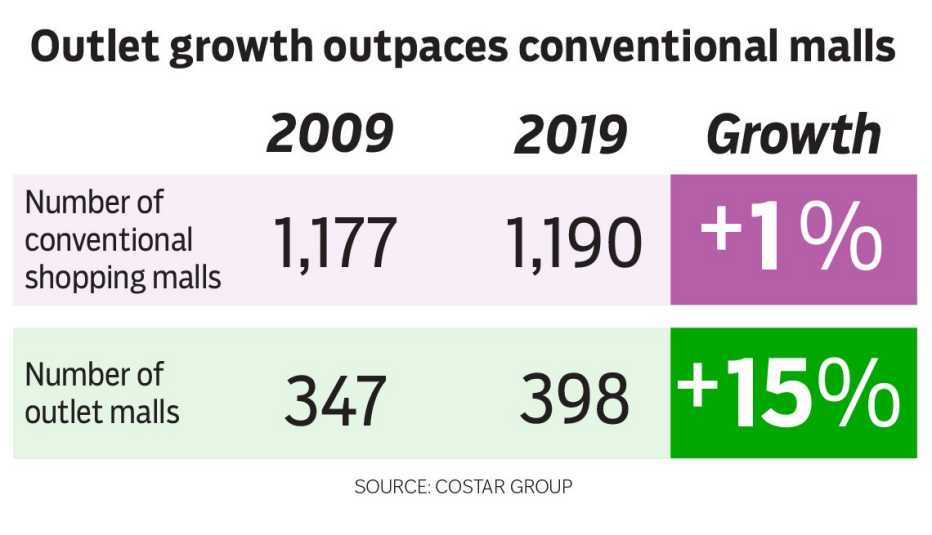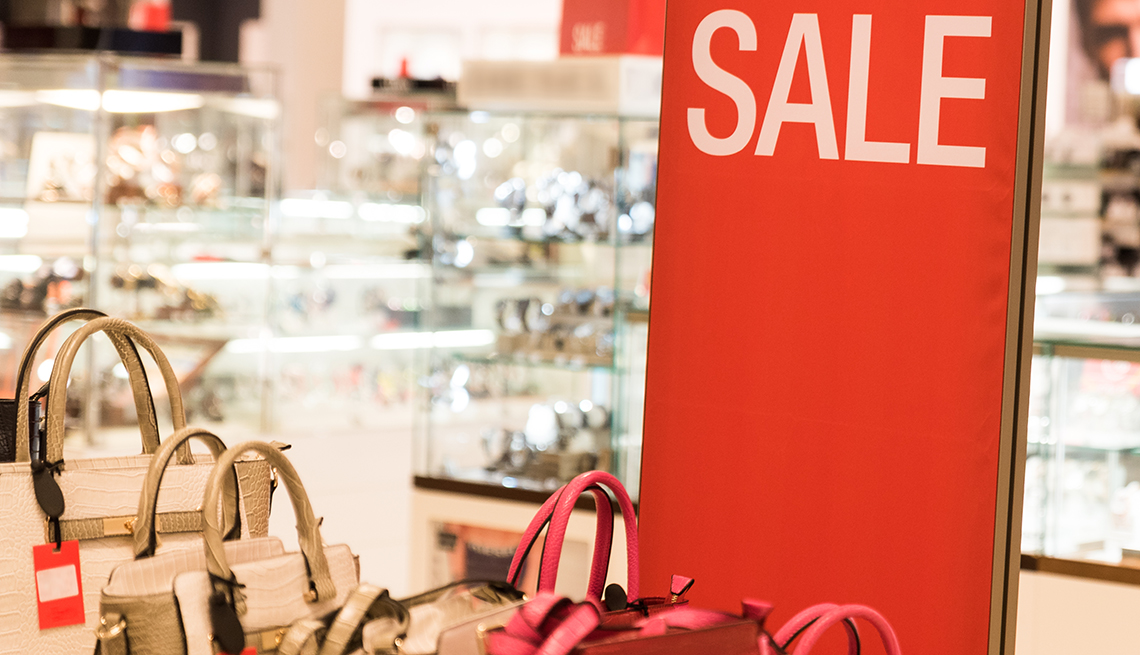Staying Fit
For many shoppers seeking deals and discounts, outlet centers are the place to be. It's not just because of the prices at these malls, where you can buy famous brand goods for less than you might expect; it's also the “treasure hunt” experience, says Drew Myers, a senior consultant with CoStar Group, a real estate data and analytics firm. “That's a big theme in retail today."


But while you can score amazing bargains at outlet centers, actual deals aren't always obvious. Large markdowns may be a mirage. A lot of merchandise is made just for outlets and doesn't necessarily match a brand's quality in regular stores. And outlet goods originally intended for regular retail may not match a brand's usual standards.


AARP Membership— $12 for your first year when you sign up for Automatic Renewal
Get instant access to members-only products and hundreds of discounts, a free second membership, and a subscription to AARP the Magazine.
It's a bummer that stores are playing games, but if you shop smartly, you can snag plenty of bona fide bargains. Here are five do's and don'ts to help you get the best for the least.
1. Don't judge a deal by “original” prices
Many of the so-called original prices that you see marked down are fictitious, says Bonnie Patten, executive director of the nonprofit advocacy group Truth in Advertising. After monitoring prices at several Connecticut outlet stores during a six-month investigation, the organization found that none of the items it tracked ever sold for their “regular” prices. They were always on sale. Stores have a strong incentive to mark tags with high list prices, according to a study by Donald Ngwe of Harvard Business School, because a higher price makes you think a product is higher quality. It also increases the likelihood you'll buy the product. What's more, these “sales” reduce the chances you'll shop around. So before you spring for that outlet bargain, step back and ask yourself whether the price really is a good one. For a reality check, I'll often do an online search and check Amazon and eBay on my smartphone to compare prices.
2. Do watch for quality red flags
Outlets sell many products manufactured to be sold at lower-than-retail prices, but that doesn't mean none of them are a good deal, says Ericka Mays, a fashion-production expert. Just keep an eye out for shoddy workmanship that might require expensive repairs, if it's fixable at all. That includes knit items with pilling, pulls, runs or holes; zippers that are broken or that join poorly, and buttonholes with damaged stitching. On the other hand, separated side seams and missing buttons are relatively easy to fix. I've negotiated nice discounts at outlets for missing buttons or belts.
3. Do time it right
I've snagged some of my best outlet bargains during end-of-season sales in September and February. Black Friday and major holiday weekends are some of the other sweet spots. The investigation by Truth in Advertising found many examples of sale prices bouncing around. Markdowns on the items tracked ranged from 12 to 75 percent, depending on when the investigators shopped. A Coach bag in the study, for example, sold for as little as $117.60 and as much as $189.50—or 30 to 48 percent off the advertised list price of $395.

































































